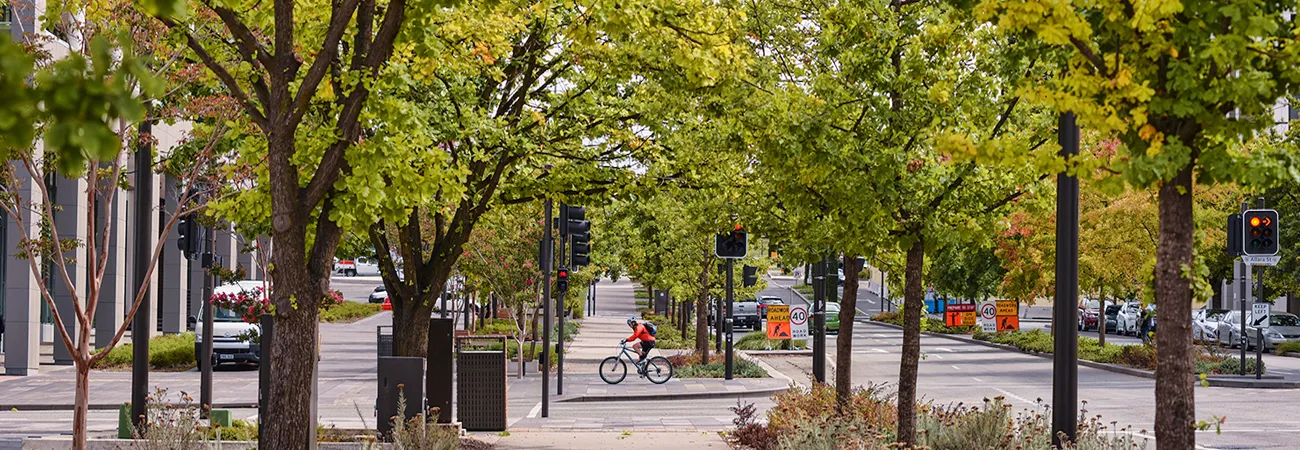i ECONOMY
Urban forestation holds great promise for Pakistan as it can reduce carbon impact and pollution levels in cities and bring economic benefits to Pakistan. “Urban forestation can turn the cities into living heavens and peaceful places for generations to come,” said Masood Lohar, the Chief Executive Officer of Sindh Radiant Organisation, a not-for-profit body. Talking to WealthPK, he said his organisation and the government of Sindh signed a Memorandum of Understanding back in 2021, under which Clifton Urban Forest project was launched. He said the provincial government had allocated a grant of Rs50 million for the project.
Lohar said it was a unique project of its kind in the South Asian region that ever existed in any cosmopolitan city. “A lagoon of 35 acres has been established in it, which remains connected with the brackish waters of the sea. “Four different lakes covering 100 to 150 feet of areas have also been established,” he said, adding that one of the lakes is full of water lilies, while the other three have different varieties of aquatic plants.
Lohar, an expert in urban forestry and wetlands conservation, said they had planted trees on 200 acres of the 220-acre ecosystem restoration project., said the ecosystem restoration project covered an area of 220 acres of land, out of which, plantations had already been carried out on 200 acres. Loharsaid that Clifton was fast becoming a garbage dumping site, especially of plastic trash, thus polluting its environment. “Launching the project in Clifton was important to stop this trend,” he said, adding an awareness campaign was also launched.
Lohar added that the urban forest consists of 700,000 different types of plantations. “Out of these, 600,000 are mangroves, while the remaining 100,000 consist of 83 different native varieties of plants, shrubs, and creepers.” Besides, he said a 700-meter-long walking and cycling track has also been established at the beachfront. Lohar said to add more environmental and economic value, special plants and creepers have been planted to attract honeybees. Mangroves are a natural attraction for honeybees. “The ecosystem restoration project is becoming the habitat of different aerial, sea and land species, including flamingos and other types of birds. When the tides are high shrimps and other marine species also reach the lagoon and lay eggs there. So, gradually it is becoming a natural habitat and sanctuary for wildlife, besides improving the ecosystem and cutting down on the carbon impact,” explained Lohar, who is also an expert in climate change, adaptation and mitigation.
Credit: Independent News Pakistan (INP)









